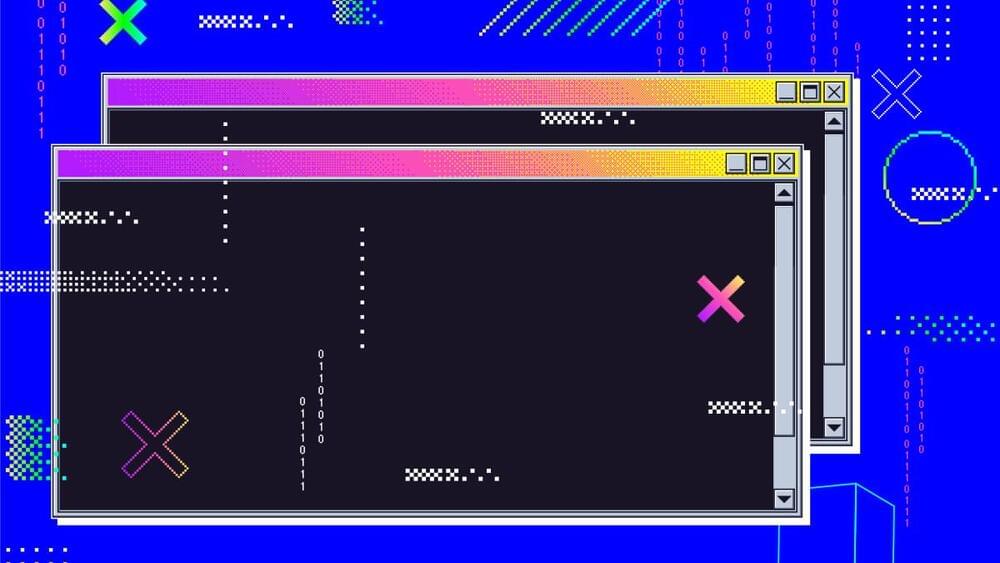Less than two weeks ago, OpenAI released ChatGPT, a powerful new chatbot that can communicate in plain English using an updated version of its AI system. While versions of GPT have been around for a while, this model has crossed a threshold: It’s genuinely useful for a wide range of tasks, from creating software to generating business ideas to writing a wedding toast. While previous generations of the system could technically do these things, the quality of the outputs was much lower than that produced by an average human. The new model is much better, often startlingly so.
Put simply: This is a very big deal.
We’re hitting a tipping point for artificial intelligence: With ChatGPT and other AI models that can communicate in plain English, write and revise text, and write code, the technology is suddenly becoming more useful to a broader population of people. This has huge implications. The ability to produce text and code on command means people are capable of producing more work, faster than ever before. Its ability to do different kinds of writing means it’s useful for many different kinds of businesses. Its capacity to respond to notes and revise its own work means there’s significant potential for hybrid human/AI work. Finally, we don’t yet know the limits of these models. All of this could mean sweeping changes for how — and what — work is done in the near future.
Page-utils class= article-utils—vertical hide-for-print data-js-target= page-utils data-id= tag: blogs.harvardbusiness.org, 2007/03/31:999.345899 data-title= ChatGPT Is a Tipping Point for AI data-url=/2022/12/chatgpt-is-a-tipping-point-for-ai data-topic= AI and machine learning data-authors= Ethan Mollick data-content-type= Digital Article data-content-image=/resources/images/article_assets/2022/12/Dec22_14_1273459694-383x215.jpg data-summary=
The ability for anyone to produce pretty good text and code on command will transform work.
